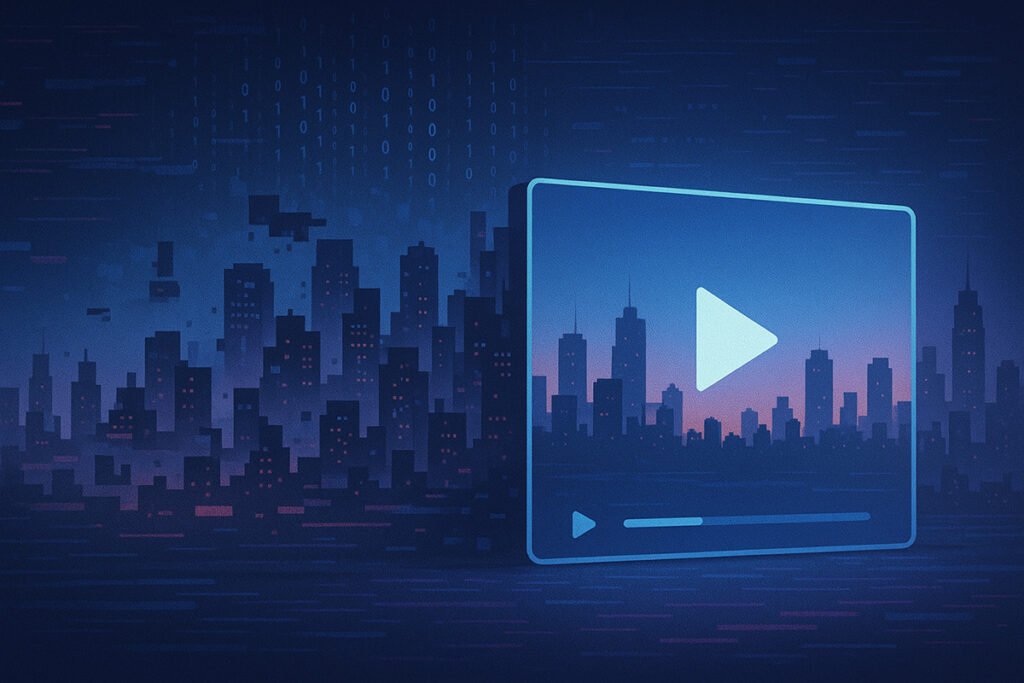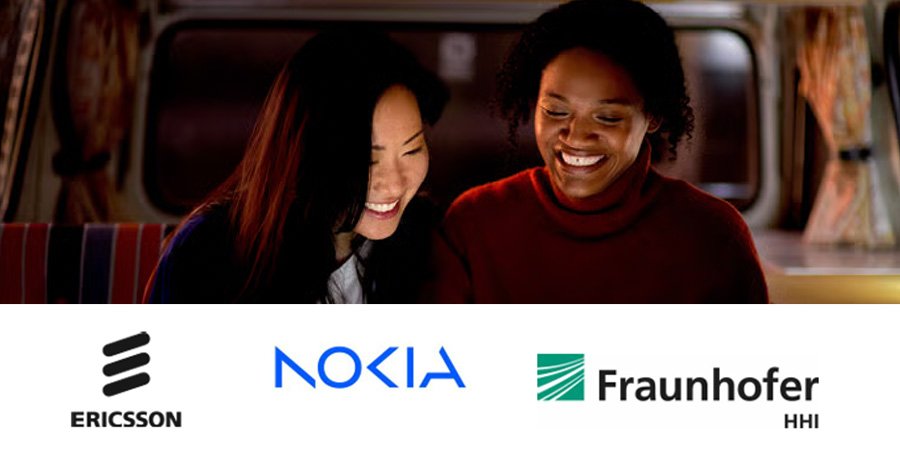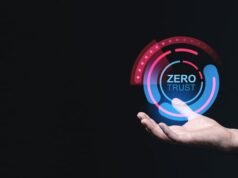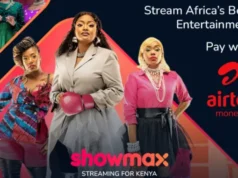
In a significant move for global digital infrastructure, three major European organisations — Ericsson, Nokia and Fraunhofer Heinrich Hertz Institute (HHI) — have announced a joint effort to shape the next-generation video coding standard that will underpin the forthcoming 6G era.
Their collaboration is more than just another press release: it signals an ambitious bid to define how video gets compressed, transmitted and experienced globally in the next decade. With immersive media, mobile streaming and low-latency applications on the horizon, the timing could hardly be more critical.
As somebody who watches the way Nigerian telco landscapes shift and how everyday viewers switch screen types and platforms, it’s fascinating to see the building blocks being laid far off in Berlin, Stockholm and Espoo.

Table of Contents
What’s Changing with Ericsson, Nokia, and Fraunhofer with the Development & Why It Matters
At its heart, this initiative is about reshaping the codec – the algorithm that squeezes video data so that we can stream smoothly, with less delay, and on smaller devices. The partnership partners say their proof-of-concept video codec offers “considerably higher compression efficiency” compared to existing standards such as H.264/AVC, H.265/HEVC and H.266/VVC.
What does that mean in practical terms? For Nigerian viewers streaming on mobile data, for broadcasters targeting UHD/8K screens, for industries using video-feeds for autonomous vehicles or industrial systems — fewer bits, lower energy consumption, better quality. The partners also claim they achieved this without a significant increase in complexity and with improved energy efficiency.
Consider the following implications:
- Broadband and mobile networks can deliver more with the same capacity, which is crucial in regions where data costs and infrastructure remain major constraints.
- Immersive media experiences (think VR, AR, 3D video) become more viable, because the coding overhead is being tackled upstream.
- Latency matters — especially for real-time applications (gaming, autonomous systems, industrial video) — so a standard optimised for such use-cases adds real value.
- Standardisation means global adoption: when companies worldwide build into the standard early, we avoid fragmentation, which benefits emerging markets like Nigeria by lowering barriers.
According to the release, the next video codec standard is expected to be operational between 2029-2030 and will “define the digital media landscape for the following decade”.
Ericsson, Nokia, and Fraunhofer HHI: The Players and Their Roles
Let’s break down the three collaborators and what they bring to the table:
Ericsson — As a global connectivity leader, Ericsson emphasises its 6G enablement capabilities. Magnus Frodigh, Head of Research at Ericsson, is quoted:
“As a global connectivity leader… we are proud to partner with Nokia and Fraunhofer HHI in video coding to combine research expertise and shape the next standard.”
In essence: Ericsson anchors network connectivity and the integration of the codec into the broader communications ecosystem.
Nokia — With a long lineage of video codec development (via its inventors and Nokia Bell Labs), Nokia brings deep expertise in compression technologies. Ville-Veikko Mattila, Head of Multimedia Technologies, puts it this way:
“Nokia’s inventors have been instrumental in the development of all market-adopted video codecs for the last three decades… By working together at the very start of the standardisation journey we will ensure that the values of openness, excellence, and sustainability are embedded…”
Nokia thus provides the “codec heritage” and ensures the standards remain open and sustainable.
Fraunhofer HHI — Based in Berlin, Fraunhofer HHI is one of the leading research institutes for advanced media technologies. Professor Thomas Wiegand, Executive Director, said:
“Video technologies are central to the digital experiences of tomorrow. Our joint research with Ericsson and Nokia demonstrates Europe’s strong competence in advanced media technologies…”
Their role: pushing the research frontier and bridging it into standardisation, especially through bodies like the Joint Video Experts Team (JVET).
Their joint submission has already been positively evaluated by two oversight bodies, namely the ITU‑T Video Coding Experts Group and the ISO/IEC Moving Picture Experts Group (MPEG).

What This Means for Africa & Nigeria
Now, bringing the perspective closer home: what does this mean for Nigeria and the African continent?
Better video experiences on limited infrastructure
Even though Nigeria’s broadband infrastructure still faces challenges, the move towards high-efficiency codecs means that when new networks (4G/5G and beyond) roll out, users can get higher-quality streaming without proportional increases in data usage or infrastructure upgrade costs. This plays well in a market where mobile data is expensive or bandwidth-constrained.
Leapfrogging older standards
In many African markets, older video standards or sub-optimal streaming protocols persist. With an upcoming efficient codec standard in the pipeline for 2029/2030, Africa has the chance to leapfrog or catch up faster, provided local operators and device makers align early.
Industrial & creative possibilities
With this standard expected to support AI-generated content, 3D, gaming and immersive media, the African creative economy stands to gain. Nigerian filmmakers, content platforms and gaming studios could harness the standard’s efficiencies to distribute their work more cost-effectively.
Investment and partnerships
Seeing big global players investing in codec research may trigger more global R&D partners to engage with African markets, through local pilots, codec adoption, and streaming infrastructure. This could bring localisation benefits: local data centres, local content caching, and more reliable streaming for Nigerian users.
Device implications
For the standard to succeed, it must be implemented in hardware (smartphones, TVs, streaming devices). Device makers will need to support the new codec in their chipsets and firmware. This means that in Nigeria, when the standard is ready, there’ll likely be a wave of new devices — offering better video at lower data usage.
The Road Ahead: Challenges & Opportunities
While the announcement is impressive, it’s not without its challenges. Here are some key things to watch — especially from Nigeria’s vantage point.
Implementation & support timeline
Although the standard is expected to be operational by 2029-2030, real-world adoption can take years beyond. Device manufacturers, network operators, and content platforms all must align. In Nigeria, delayed adoption, device fragmentation, and cost constraints may slow things down. Early planning helps.
Complexity vs accessibility
Newer codecs often come with higher computational demand. While the announcement claims improved efficiency without significantly increasing complexity, real-world devices (especially in price-sensitive markets) may lag behind in being able to handle the new codec. Ensuring affordable devices with proper support is key.
Standardisation and ecosystem alignment
Global standards promise wide adoption, but success depends on patent/licensing models, openness, and regional alignment. Nigeria’s streaming platforms, broadcasters and telco operators must engage early so they are not left behind or shackled by outdated standards.
Local infrastructure readiness
Even with efficient codecs, streaming quality still depends on last-mile connectivity, data centre proximity, and content delivery networks (CDNs). For Nigeria, investment in backbone, energy stability and regulatory support remain important complements to codec advances.
Opportunity for local players
Nigeria has a chance to embed itself in the ecosystem: local content creators, academic institutions, telco operators, device assemblers can align with this shift. Early investments in local video-compression research, partnerships with global players, or pilot deployments can pay dividends.

Conclusion
In summary, this partnership between Ericsson, Nokia and Fraunhofer HHI marks a pivotal moment in the evolution of video technology. For Nigeria and Africa at large, it offers both hope and a call-to-action: the efficient video future is being built right now — aligning our platforms, networks and content strategies today will determine whether we ride the wave or lag behind.
It’s a reminder that even if we’re watching Netflix, TikTok or local streaming services from Abuja or Lagos, there are global forces shaping how that video reaches us — how smooth the playback is, how little data it eats, how immersive it can become.
For me, as someone curious about how technology shifts in Africa, this is exciting: the codec may be invisible to most consumers, but its impact will be felt everywhere — in lower data bills, clearer streams, richer experiences. And in Nigeria, where the balance between cost, connectivity and content is always in flux, that balance could tip in favour of the viewer, sooner than we might expect.
Let’s keep our eyes on how local operators respond, how device manufacturers prepare, and how global standards evolve. The video-landscape of 2030 is being drawn today — and we can engage proactively to shape our place in it.
Join Our Social Media Channels:
WhatsApp: NaijaEyes
Facebook: NaijaEyes
Twitter: NaijaEyes
Instagram: NaijaEyes
TikTok: NaijaEyes




